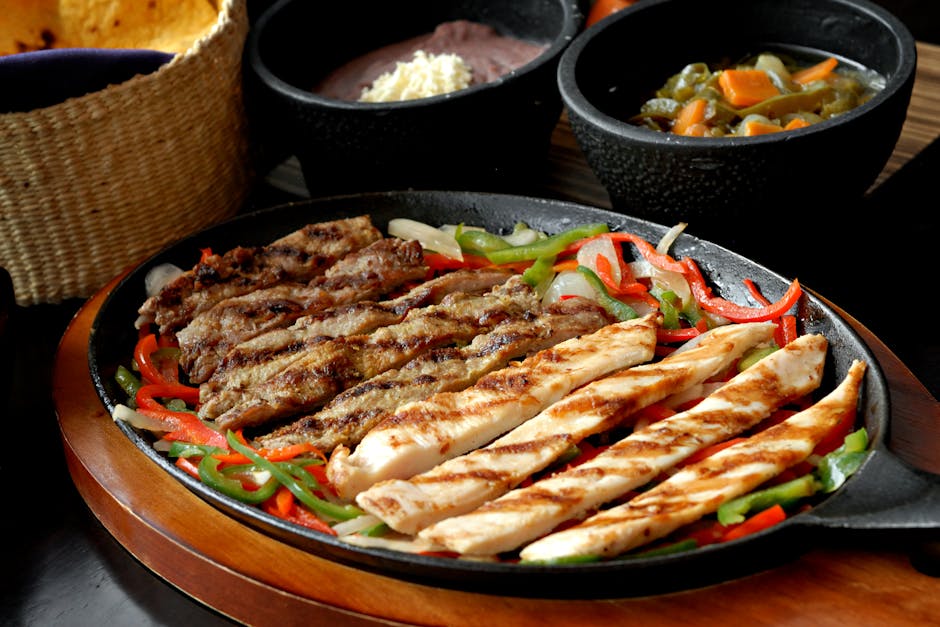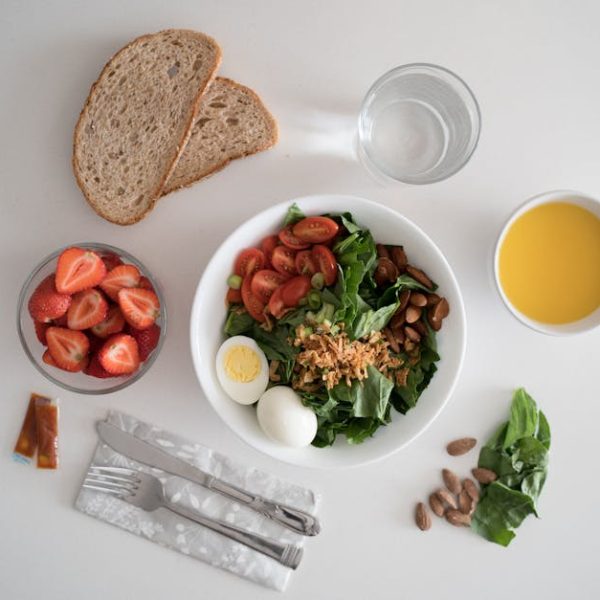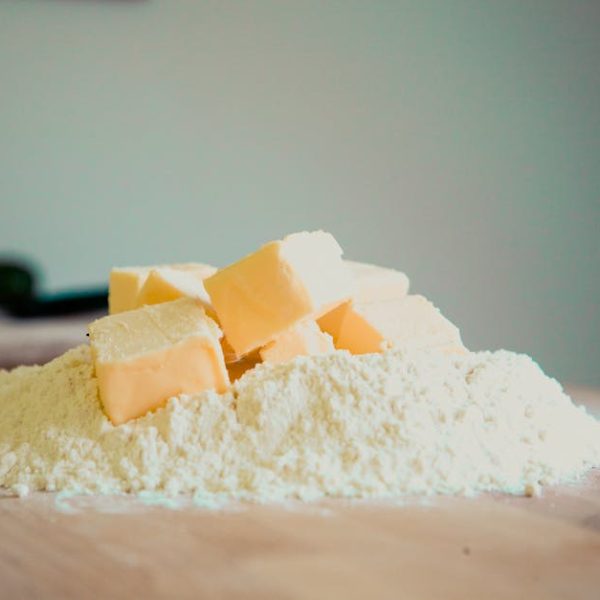The answer to the question – ‘Black beans or pinto beans, what’s the better option?’ – isn’t as simple as one might expect. Both bean varietals have unique characteristics that set them apart, and making a choice between the two often comes down to individual preference and specific dietary needs. By drawing a comparison between black beans and pinto beans across various parameters, we can help make this decision a bit easier.
Nutritional Differences Between Black Beans and Pinto Beans
Both black beans and pinto beans are packed full of essential nutrients, making them excellent additions to your diet. They are rich in proteins and fiber along with various vitamins and minerals. Here are some key differences:
- Protein content: Black beans are slightly higher in protein than pinto beans. They are often turned to as an excellent source of plant-based protein, especially for vegetarians and vegans.
- Fiber content: Pinto beans take the lead when it comes to fiber content. Consuming pinto beans can contribute significantly towards meeting your daily fiber needs.
- Vitamins and minerals: Black beans are rich in antioxidants due to their dark color while pinto beans offer higher amounts of certain minerals such as iron and magnesium.
Here’s a quick comparison:
| Black Beans | Pinto Beans | |
|---|---|---|
| Protein | Higher | Lower |
| Fiber | Lower | Higher |
| Vitamins & Minerals | Rich in Antioxidants | Rich in Iron and Magnesium |
Flavor and Texture Variations of Black Beans and Pinto Beans
One size does not fit all when it comes to flavor and texture – what tastes great to one person might not be as appealing to another. Hence, understanding the flavor and texture profiles of both beans can guide you in selecting the beans that best suit your palette.
Black beans have a strong, earthy flavor and tend to hold their shape well during cooking, making them suitable for salads, stews, and dishes where a stronger flavor is required. On the other hand, pinto beans have a creamy texture with a flavor profile that is mellow and slightly sweet, making them an excellent choice for dishes like refried beans and chilis.
Cooking Methods and Preparation for Black Beans and Pinto Beans
When it comes to cooking methods, both black beans and pinto beans can be cooked similarly. They can be boiled, soaked or cooked using a pressure cooker. But remember, the two varieties have different cooking times, and this should be taken into consideration when meal-planning.
Dried black beans, for example, typically require a longer cooking time as compared to pinto beans. Alternatively, canned beans of both types are pre-cooked and need only to be heated thoroughly, making them a more convenient choice.
In terms of preparation, both these beans benefit from an overnight soak which helps in reducing their cooking time and enhancing their digestibility. Following the soaking period, they should be drained and rinsed before cooking.
Pro tip: Seasonings like bay leaf, cumin, and garlic can enhance the flavor of both black and pinto beans, transforming them into a tasty side dish or the star of your main course.
Health Benefits of Black Beans vs Pinto Beans
Both black beans and pinto beans come with a plethora of health benefits. Incorporating these beans into your diet can help enhance your cardiovascular health, support healthy digestion, and maintain controlled blood sugar levels. Here’s what research has to say:
- Heart health: Thanks to their fiber content, beans servings have been associated with improved heart health, with significant effects like reduction of cholesterol levels.
- Digestive health: The high fiber content of both beans means they can contribute to a healthy digestive system by boosting gut health.
- Blood sugar control: Both black beans and pinto beans have a low glycemic index. This means they can help manage blood sugar levels effectively, beneficial for people with diabetes or those at risk.
Remember to introduce beans into your diet gradually to prevent digestive discomfort due to sudden high fiber intake.
Pro tip: To make most out of beans health benefits, combine them with whole grains like brown rice to provide all the essential amino acids your body needs.
Cost and Availability of Black Beans and Pinto Beans
Both black and pinto beans are common in supermarkets worldwide, thanks to their long shelf life, both in dried and canned versions. The cost of both bean varieties may differ based on your location and the type of market.
Generally, pinto beans may be slightly cheaper than black beans. However, price differences are minimal, and both types of beans are considered cost-effective sources of vital nutrients.
Here’s a quick cost comparison on average:
| Black Beans | Pinto Beans | |
|---|---|---|
| Average Cost | Slightly Higher | Slightly Lower |
| Availability | Widely Available | Widely Available |
Pro tip: To keep black and pinto beans fresh, store them in a cool, dry area away from direct sunlight. When stored properly, dried beans can last up to a year, and canned beans can last for several years. After opening canned beans, transfer any leftovers to a glass or plastic container and refrigerate them to maintain their quality for a few days.
By understanding the unique attributes of both black beans and pinto beans, you can make an informed decision about which one to include in your diet. Whether it be nutritional benefits, cooking methods, or simply flavor preference, the choice is yours. Enjoy the journey of exploration and experience the world of flavors these beans offer.
Key Takeaway:
- Black beans have a slightly higher protein content and are rich in antioxidants while Pinto beans have higher fiber content and offer more iron and magnesium.
- The flavor and texture of Black beans are earthy and firm, making them suitable in dishes with stronger flavors, while Pinto beans have a mellow, slightly sweet taste and a creamy texture, making them good for dishes like refried beans and chilis.
- For cooking, they can be treated similarly, but the time for cooking varies with black beans generally taking longer.
- Both have exceptional health benefits such as improved heart health, aiding in digestion, and controlling blood sugar levels.
- Available globally, Pinto beans may be slightly cheaper than Black beans but both are widely considered cost-effective sources of nutrients.
Beans hold a myriad of health benefits. Whether you include black beans or pinto beans, or a mix of both, you are gifting your body with essential nutrients. Developing an understanding of their unique qualities will help you incorporate them into your meals based on your preferences and dietary requirements. Happy and healthy cooking!
FAQs
Q: Can I substitute black beans for pinto beans in recipes?
A: Absolutely! However, bear in mind that their flavors and textures are different. Depending on the recipe, this switch could alter the taste or consistency of your dish. Make sure to adjust cooking times, as black beans usually take longer to cook.
Q: Is there a substantial difference in calories between black beans and pinto beans?
A: Not really. Both black beans and pinto beans are fairly similar in caloric content. They are both excellent sources of plant-based protein and are rich in fiber, which can aid in weight management.
Q: Can I eat black beans and pinto beans raw?
A: No, raw beans contain lectins, substances that may cause stomach distress. Make sure to soak and cook beans thoroughly before consuming them to neutralize these compounds.
Q: Can black beans and pinto beans help me manage my blood pressure?
A: Yes, both types of beans are rich in potassium which can help lower blood pressure by balancing out the negative effects of sodium. Also, the high fiber content in the beans aid in controlling your blood pressure levels.
Q: How can I use black beans and pinto beans in my meals?
A: You can incorporate them into a variety of dishes including salads, soups, curries, and stews. They can also be blended into dips or mashed for use in tacos or burritos. Experimenting with these versatile legumes can lead to numerous delicious and nutritious culinary creations.
Feel free to share this article with your friends and family who might find this useful. Check out our other articles for more interesting reads. Happy cooking!






